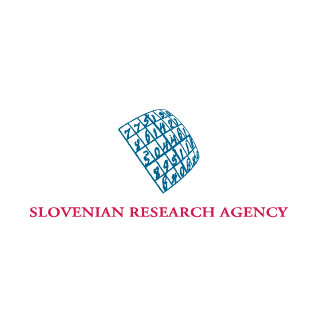Projects
The purpose of the investment project BTH-NIB is the assurance of the appropriate infrastructural conditions for the use of research and developmental opportunities in the fields of operation of the NIB.
Play Video About project Publication
Endocrine dusrupting potential of protein kinase inhibitors: relevance for environmental and human health hazard
Project coordinator: Prof. Dr Metka Filipič
Code: J1-8140
Duration: 1. 5. 2017 - 30. 4. 2020
Researchers - link to database SICRIS
Information about the project - link to database SICRIS
Potential risks associated with release of pharmaceuticals into the environment are an important issue for environmental regulators and for the pharmaceutical industry. Anticancer drugs, due to their mechanism of action, belong to highly hazardous compounds. Their presence in the environment may lead to systemic environmental effects, while in exposed humans increased cancer incidence and reproductive defects may occur. Protein tyrosine kinase inhibitors (TKIs) are a group of anticancer drugs that are designed for targeted therapy of specific types of human cancers. During the last 15 years their consumption is rapidly increasing; however, there is insufficient data on their occurrence, ecotoxicity and potential effects to humans to allow for adequate risk assessment. In the frame of the EU FP7 project CytoThreat we discovered that the TKI imatinib mesilate exerts genotoxic and endocrine disrupting activity that has been not known before. The aims of the proposed project are to evaluate the consumption and predict environmental occurrence of TKIs that are currently registered for cancer therapy in Slovenia and to explore their genotoxic and endocrine disrupting potential. In the first step we will predict genotoxic and endocrine disrupting activity using the state of the art computational methods (QSAR and read across). In the next step in vitro test system with zebrafish liver cell line will be used to elucidate the mechanisms of genotoxicity and E-screen, MDA-kb2 and GH3.TRE–Luc assays to explore the mechanisms of endocrine disrupting activity. The (eco)toxicity of selected TKIs will be finally studied using an experimental model with zebrafish (Danio rerio) embryos, which is increasingly used model also for prediction of toxic effects in humans. In zebrafish embryos we will determine lethal and sublethal effects of the selected TKIs to obtain parameters (lethal concentration (LC)50, no adverse effect concentration (NOAEC)) needed for environmental and human health risk assessment. In zebrafish embryo model also transcriptomic analysis of the changes in the expression of genes involved in the pathways of DNA damage response, hormone metabolism, cell proliferation, apoptosis, sexual development and function, hypothalamic-pituitary-gonadal axis, growth and developmental neurotoxicity will be performed. The aims are to identify linkages between the transcriptomic profiles, concentrations, and adverse outcomes, and to identify molecular biomarkers of exposure and effects of specific group TKIs that will serve as diagnostic markers for these types of pharmaceutical exposure.
The project is expected to generate new knowledge on potential environmental and health risk of TKIs in the environment, providing objective arguments for recommendations and regulations concerning environmental and human health protection. To accomplish the complex tasks, the project consortium comprises partners with complementary expertise in the fields of aquatic and genetic toxicology, and genomics with bioinformatics (NIB), toxicology, pharmacology and in silico predictive models (FFA) and environmental occurrence predictions based on consumption and use of these drugs (IO).
Key words: anticancer drugs; ecotoxicity; endocrine disruptors, genotoxic; QSAR, pharmaceuticals; risk assessment; toxicogenomics; zebrafish.


 Scope of NIB's accreditation is given in the Annex to the accreditation certificate and in the List of accredited methods for detection of GMOs and microorganisms – plant pathogens
Scope of NIB's accreditation is given in the Annex to the accreditation certificate and in the List of accredited methods for detection of GMOs and microorganisms – plant pathogens 
